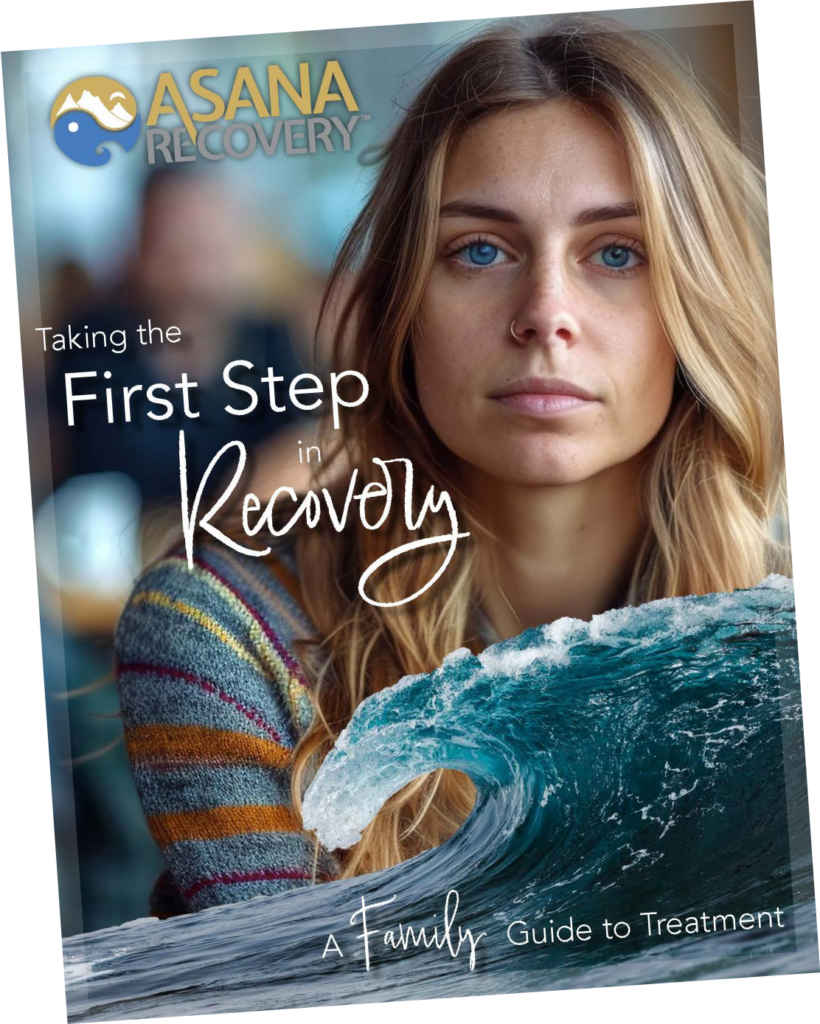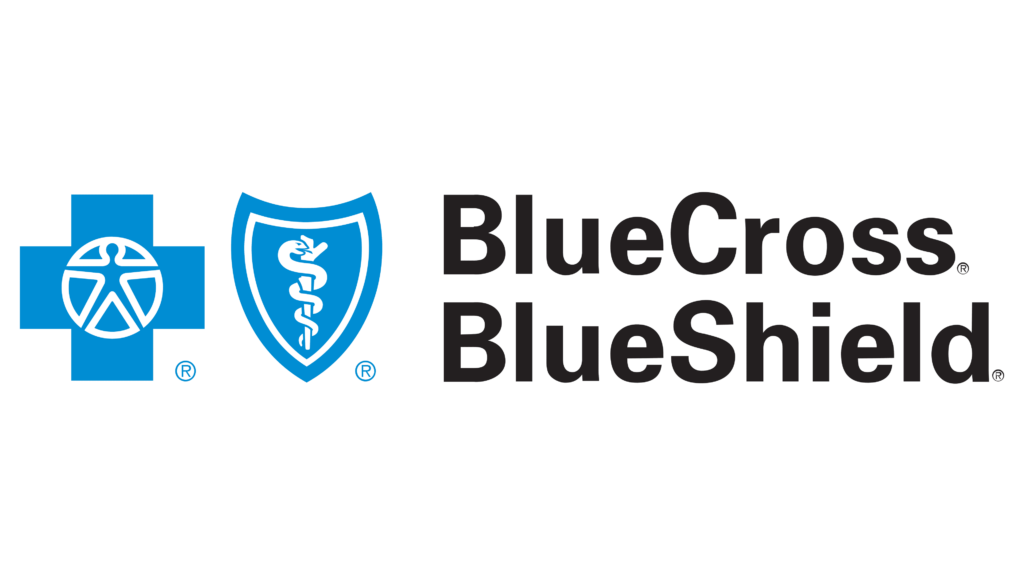The journey to sobriety encompasses far more than just abstaining from substances. It represents a transformative path that touches every aspect of an individual’s life, from physical wellness to spiritual growth. Let’s explore the various dimensions of sobriety and how they work together to create lasting recovery.
Physical sobriety represents the cornerstone of recovery, encompassing complete abstinence from substances while focusing on rebuilding bodily health and vitality. This fundamental aspect of recovery involves maintaining proper nutrition and hydration, establishing consistent exercise routines, and ensuring adequate sleep patterns. Additionally, physical sobriety includes the careful management of withdrawal symptoms and addressing any co-occurring medical conditions that may impact recovery. The journey typically begins with detoxification but extends far beyond, requiring ongoing commitment to physical wellness and self-care.
Key Components of Physical Sobriety:
The physical recovery process typically begins with detoxification, but true physical sobriety extends far beyond this initial phase. Within the first three months of sobriety, individuals often experience significant improvements in their overall health, including better sleep quality and increased energy levels.
Mental sobriety transcends basic abstinence, focusing on achieving cognitive clarity and developing healthy thought patterns. This crucial dimension of recovery involves enhancing decision-making abilities, improving concentration, and reducing symptoms of anxiety and depression. Through dedicated effort and professional support, individuals develop better stress management techniques and enhanced memory function. Cognitive-behavioral therapy often plays a vital role in establishing and maintaining mental sobriety, helping individuals restructure thought patterns and develop effective coping mechanisms.
Essential Elements of Mental Sobriety:
Achieving mental sobriety requires ongoing effort and often benefits from professional support through therapy and counseling. Cognitive-behavioral therapy (CBT) has proven particularly effective in helping individuals develop healthier thought patterns and coping mechanisms.
Emotional sobriety manifests as the capacity to experience and process feelings without turning to substances. This vital aspect of recovery focuses on developing emotional intelligence and resilience, enabling individuals to navigate complex emotions healthily. It encompasses improved relationship management, enhanced self-awareness, and the development of robust coping mechanisms. Through emotional sobriety, individuals learn to process their feelings authentically while maintaining stability in their recovery journey.
Characteristics of Emotional Sobriety:
Spiritual sobriety delves beyond religious affiliations, encompassing a profound connection to purpose and meaning in life. This dimension helps individuals establish a deeper understanding of themselves and their place in the world. It involves cultivating mindfulness practices, developing gratitude, and finding inner peace. Through spiritual sobriety, individuals connect with something greater than themselves, whether through traditional religious practices or secular spiritual pursuits.
Elements of Spiritual Recovery:
Asana Recovery works with most PPO plans, covering up to 100%. See if your insurance can help fund your journey. Click below to get a free quote.

Social sobriety focuses on reconstructing healthy relationships and establishing a supportive network that reinforces recovery. This involves setting clear boundaries in relationships, fostering sober friendships, and rebuilding family connections. Individuals learn to develop effective communication skills while participating in support groups that provide accountability and encouragement. The social dimension of sobriety proves crucial for maintaining long-term recovery success.
Building Social Sobriety:
Long-term maintenance strategies require a comprehensive approach incorporating all dimensions of recovery. This includes regular attendance at support meetings, maintaining consistent self-care routines, and engaging in ongoing therapy or counseling. Additionally, individuals must prioritize regular exercise, proper nutrition, and mindfulness practices to sustain their recovery journey effectively.
Daily Practices:
Long-term sobriety extends far beyond the conventional one-year milestone of abstinence. It encompasses a comprehensive transformation across multiple dimensions of life, including physical, mental, emotional, and spiritual growth. This journey involves developing sustainable coping mechanisms, building strong support networks, and creating a new lifestyle that supports continued sobriety. True long-term sobriety manifests as a fundamental shift in how individuals approach challenges, maintain relationships, and find fulfillment without substances. It requires consistent effort in personal development, ongoing engagement with support systems, and the cultivation of healthy habits that promote overall well-being.
Emotional sobriety represents a gradual and ongoing process that unfolds differently for each individual. While initial improvements may become apparent within the first few months of recovery, developing complete emotional stability typically requires years of dedicated work. This journey involves learning to identify and process emotions effectively, developing healthy coping mechanisms, and building resilience against life’s challenges. The process includes working through past trauma, establishing healthy boundaries, and learning to maintain emotional equilibrium without relying on substances. Success in emotional sobriety often requires professional guidance, peer support, and consistent practice of emotional regulation techniques.
Achieving and maintaining sobriety without traditional spirituality is entirely possible through various secular approaches. While some find strength in spiritual practices, others discover meaning and purpose through scientific understanding, humanitarian work, creative expression, or deep connections with nature and community. The key lies in finding personally meaningful sources of inspiration and support that reinforce recovery goals. Successful secular approaches often incorporate mindfulness practices, philosophical exploration, and strong community connections that provide the same benefits traditionally associated with spiritual practices.
Physical health serves as the foundation for successful long-term recovery, influencing every aspect of the sobriety journey. A healthy body supports mental clarity, emotional stability, and overall resilience against cravings and triggers. Regular exercise releases natural endorphins that improve mood and reduce stress, while proper nutrition helps repair damage caused by substance use and supports optimal brain function. Adequate sleep patterns regulate emotional responses and enhance decision-making abilities. Together, these physical health components create a robust foundation that strengthens all other aspects of recovery.
Social support proves absolutely crucial for sustained recovery success, acting as a cornerstone of long-term sobriety. A strong support network provides multiple benefits, including accountability, emotional validation, practical assistance during challenging times, and opportunities for personal growth. This network typically includes fellow recovery participants, understanding family members, supportive friends, and professional counselors who offer different perspectives and forms of support. Regular interaction with sober individuals helps normalize the recovery lifestyle while providing opportunities to develop healthy relationships and social skills essential for maintaining long-term sobriety.
We get it. Addiction recovery is tough. That’s why our programs are founded and staffed by people in recovery – people who truly understand.
Sobriety is more than just abstaining from substances; it’s about transforming every aspect of your life.
At Asana Recovery, we understand the importance of addressing physical, mental, emotional, spiritual, and social dimensions of recovery. Our personalized programs are designed to guide you through every stage of sobriety with expert support, innovative therapies, and a compassionate team dedicated to your success.
Take the first step today and contact Asana Recovery to learn how we can help you achieve holistic sobriety and lasting recovery. Let us build a healthier, brighter future together.
Take your first step towards lasting recovery. At Asana, we offer effective, insurance-covered treatment for addiction and mental health, guided by experts who understand because they’ve been there. Start your healing today.

This book has helped so many men and women; and we want to give it you for FREE. Get signed up today and discover how to unlock the grip of addiction and get back to living your best life.
In this book, you’ll discover…
— The Most Common Misconceptions About Addiction and Rehab
— Why Rock Bottom is a Myth and What You Can Do About It
–The Steps to Healing From Trauma, Both Mentally and Emotionally
–And much more!
© Copyright 2024 Asana Recovery™ | All Rights Reserved | Privacy Policy
You could save up to 100% of your treatment using your Insurance.





By submitting this form, you agree to Asana Recovery’s Privacy Policy. You also consent to Asana Recovery contacting you by phone, text message, and email regarding your insurance benefits and treatment services. You acknowledge that text messaging may involve risks, authorize the use of your Protected Health Information (PHI) for these communications, and understand you can opt-out of text messages at any time by replying “STOP”.
Asana Recovery
We firmly believe that the internet should be available and accessible to anyone, and are committed to providing a website that is accessible to the widest possible audience, regardless of circumstance and ability.
To fulfill this, we aim to adhere as strictly as possible to the World Wide Web Consortium’s (W3C) Web Content Accessibility Guidelines 2.1 (WCAG 2.1) at the AA level. These guidelines explain how to make web content accessible to people with a wide array of disabilities. Complying with those guidelines helps us ensure that the website is accessible to all people: blind people, people with motor impairments, visual impairment, cognitive disabilities, and more.
This website utilizes various technologies that are meant to make it as accessible as possible at all times. We utilize an accessibility interface that allows persons with specific disabilities to adjust the website’s UI (user interface) and design it to their personal needs.
Additionally, the website utilizes an AI-based application that runs in the background and optimizes its accessibility level constantly. This application remediates the website’s HTML, adapts Its functionality and behavior for screen-readers used by the blind users, and for keyboard functions used by individuals with motor impairments.
If you’ve found a malfunction or have ideas for improvement, we’ll be happy to hear from you. You can reach out to the website’s operators by using the following email
Our website implements the ARIA attributes (Accessible Rich Internet Applications) technique, alongside various different behavioral changes, to ensure blind users visiting with screen-readers are able to read, comprehend, and enjoy the website’s functions. As soon as a user with a screen-reader enters your site, they immediately receive a prompt to enter the Screen-Reader Profile so they can browse and operate your site effectively. Here’s how our website covers some of the most important screen-reader requirements, alongside console screenshots of code examples:
Screen-reader optimization: we run a background process that learns the website’s components from top to bottom, to ensure ongoing compliance even when updating the website. In this process, we provide screen-readers with meaningful data using the ARIA set of attributes. For example, we provide accurate form labels; descriptions for actionable icons (social media icons, search icons, cart icons, etc.); validation guidance for form inputs; element roles such as buttons, menus, modal dialogues (popups), and others. Additionally, the background process scans all the website’s images and provides an accurate and meaningful image-object-recognition-based description as an ALT (alternate text) tag for images that are not described. It will also extract texts that are embedded within the image, using an OCR (optical character recognition) technology. To turn on screen-reader adjustments at any time, users need only to press the Alt+1 keyboard combination. Screen-reader users also get automatic announcements to turn the Screen-reader mode on as soon as they enter the website.
These adjustments are compatible with all popular screen readers, including JAWS and NVDA.
Keyboard navigation optimization: The background process also adjusts the website’s HTML, and adds various behaviors using JavaScript code to make the website operable by the keyboard. This includes the ability to navigate the website using the Tab and Shift+Tab keys, operate dropdowns with the arrow keys, close them with Esc, trigger buttons and links using the Enter key, navigate between radio and checkbox elements using the arrow keys, and fill them in with the Spacebar or Enter key.Additionally, keyboard users will find quick-navigation and content-skip menus, available at any time by clicking Alt+1, or as the first elements of the site while navigating with the keyboard. The background process also handles triggered popups by moving the keyboard focus towards them as soon as they appear, and not allow the focus drift outside it.
Users can also use shortcuts such as “M” (menus), “H” (headings), “F” (forms), “B” (buttons), and “G” (graphics) to jump to specific elements.
We aim to support the widest array of browsers and assistive technologies as possible, so our users can choose the best fitting tools for them, with as few limitations as possible. Therefore, we have worked very hard to be able to support all major systems that comprise over 95% of the user market share including Google Chrome, Mozilla Firefox, Apple Safari, Opera and Microsoft Edge, JAWS and NVDA (screen readers).
Despite our very best efforts to allow anybody to adjust the website to their needs. There may still be pages or sections that are not fully accessible, are in the process of becoming accessible, or are lacking an adequate technological solution to make them accessible. Still, we are continually improving our accessibility, adding, updating and improving its options and features, and developing and adopting new technologies. All this is meant to reach the optimal level of accessibility, following technological advancements. For any assistance, please reach out to